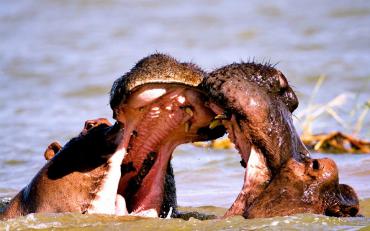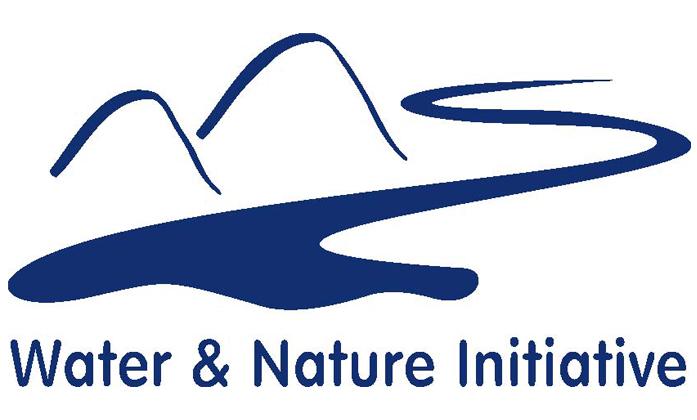About:
IUCN Global Water Programme has, through its Water & Nature Initiative (WANI), supported the development of a number of freshwater biodiversity assessments, highlighting the status of species, the ecosystems and livelihoods dependent upon them. Working with partner organisations, we have been able to use this information as part of the work guiding environmental flows allocations, and the water management strategies required to maintain healthy freshwater ecosystems for both biodiversity and people.
Our vision describes a world in which the benefits of freshwater and related ecosystems to humankind are optimised, while the intrinsic values of these systems are respected and preserved. In this world, the mutual dependence of people and ecosystems is accepted and loss of ecosystems’ functions and biodiversity is more than compensated through restoration. Maximising the relevance of environmental flows to peoples’ needs requires that flow assessments address livelihood strategies. Community-based assessments, examining the underlying causes of vulnerability and the contribution of biodiversity and ecosystems to livelihoods, clearly demonstrate that the improvement of environmental flows and river basin management helps dramaticaly to reduce poverty.
Achievements:
Southern and West Africa
In Southern and West Africa WANI supported regional biodiversity assessments , providing valuable data on the status of freshwater fish, molluscs, crab, certain insects and selected aquatic plants. In Lao, the work with local villagers has demonstrated the high dependency of livelihoods from the aquatic biodiversity. The understanding of the hydrological regimes which impacts these species is critical in a part of the world where large dams exist and many more are planned.
Eastern Africa
In 2004, WANI supported the completion of the East Africa freshwater biodiversity assessment. Data from the assessment contributed to the preparation of the 2006 IUCN Red List of Threatened Species, highlighting the close interconnection between biodiversity losses and impoverishment of livelihoods. Further assessments were carried out by IUCN in the Mekong and the Congo basins, providing baseline data for the monitoring of river basin development impacts on the local biodiversity. The project resulted in the development of a new basin organisation in Congo and in the support of the Nile Basin Initiative in Eastern Africa.
These assessments help to identify the issues which threaten species, such as water quality declines due to pollution, changing river flow regimes and deforestation. This work has also been accompanied by training and capacity development on tools for future assessments and the expansion of the experts' network to improve the conservation of freshwater resources in the region.
South-East Asia
In the Upper Mekong, rapid economic growth and the impact of upstream construction of dams in China has led to major changes in river flows. Rising awareness of the rapid and profound changes taking place in the river amongst inhabitants in the region has led to the reassessment of the river resources use. In 2006, with guidance from IUCN and partners in the Mekong Wetlands Biodiversity Programme, this led to fishermen on the Thai side of the Upper Mekong to place a moratorium on fishing of the giant catfish, a highly-prized but increasingly rare endemic species in the region.
Success in fish conservation also emerged in the Songkram Basin in Thailand and at Attapeu in Laos . In both cases fish conservation zones had been implemented by local communities over the preceding two years. In 2006, the benefits of this move became apparent. Community based researchers (Tai Baan ) documented increasing catches associated with increasing numbers of fish in the conservation zones and higher numbers of large fish being sold in local markets for better prices.

